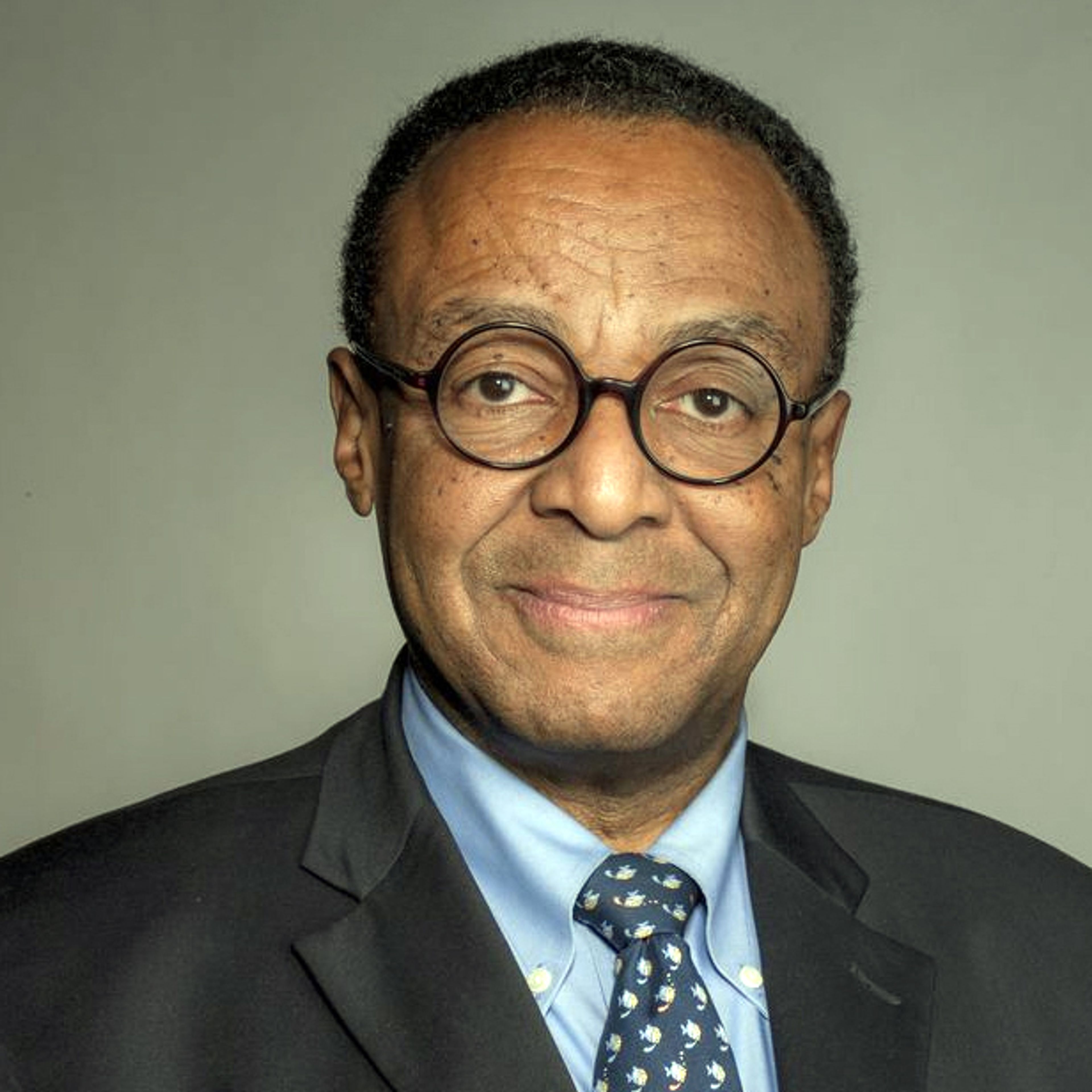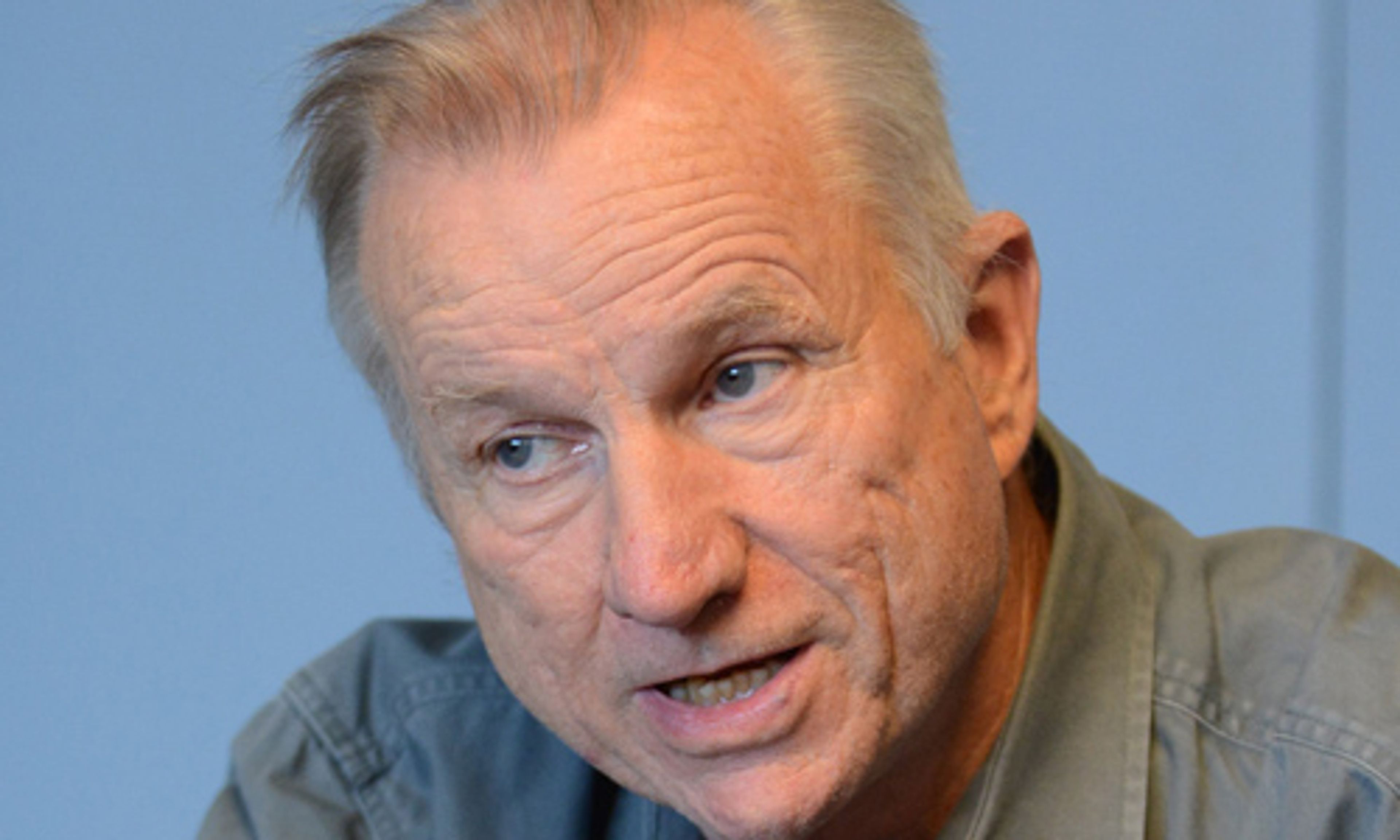OPINION: Next child welfare leader will have a huge impact
Guest Editorial: Another Newspaper’s Opinion
This editorial was published in The Seattle Times.
———
When Ross Hunter took the helm of the state’s newly created Department of Children, Youth and Families in 2018, he had the advantage of stepping into a role that had never existed before. His assignment: head off problems that can send a kid’s life off track before they ever reach adulthood.
The founding concept behind DCYF was that improving early childhood and getting more services to families in need could cut the number of kids channeled into the gantlet of foster care. That has happened. Foster care dropped by 47% in the last six years, and many kids who can’t safely remain at home with their parents are living with kin getting state support for taking them in. This is a win.
Hunter also led efforts to secure housing for families in danger of losing their children because of transience (though, technically, poverty is not a valid reason). And he has helped adolescents aging out of foster care to get on their feet with housing subsidies as well.
All are important accomplishments, even if they haven’t gone perfectly, and must continue.
But in 2019, a third mission was added to Hunter’s to-do list: juvenile rehabilitation. Now he was charged with bringing the prevention-focused mission of the agency to Washington’s youth prisons.
Here Hunter stumbled, badly.
There were multiple escapes from the Echo Glen Children’s Center on his watch. At Green Hill School, staff brought in contraband and had inappropriate relationships with inmates. When the population grew to unmanageable numbers, Hunter lowered the boom, refusing to take any more minors from county detention halls, and transferring 43 young men to state prison — without warning them, their families or lawyers. It was chaos.
A new law that allowed some young offenders to remain in juvenile prisons until age 25 contributed to Hunter’s challenges, as did an increase in serious youth crime. But he should have seen this coming and adjusted — before the climate inside became unsafe and untenable.
Hunter’s mismanagement of juvenile rehabilitation has given lawmakers with a more punitive perspective on juvenile corrections plenty of evidence to turn away from its rehabilitative aims. That would be a mistake. The best way forward is to improve Washington’s juvenile rehabilitation system with robust education and real therapy, not toss it onto the pile of failed ideas.
Hunter has said he will not seek reappointment to lead DCYF when Gov.-elect Bob Ferguson takes office in January, so it’s worth looking at who might be next in the top spot.
The names being floated by insiders include folks who have worked long years in Washington child welfare. That means familiarity with the system and its players (potentially a good thing). But Ferguson has been clear about his intent to change the culture in government agencies, which does not bode well for the old guard.
There is, however, a national-level administrator in the mix, who has worked in Oregon and with major foster care nonprofits. That suggests good relationships with philanthropy, an understanding of regional needs and solid federal connections — all potentially boons for Washington.
Whoever Ferguson appoints will lead an agency with enormous downstream impacts on the future of this state — particularly its crime rates, addiction-and-homelessness numbers and, by extension, its economy.
The question of well-being for Washington’s 1.65 million kids is one that Gov. Jay Inslee largely sidestepped, and it is in crying need of answers: This state ranks 48th nationally in youth mental health, and while much of the country is seeing a decrease in juvenile crime, here it is ticking upward.
Gov. Ferguson won’t be simply filling a position at DCYF. He will be signaling his perspective on how best to help young people as they march into the future.
TNS







